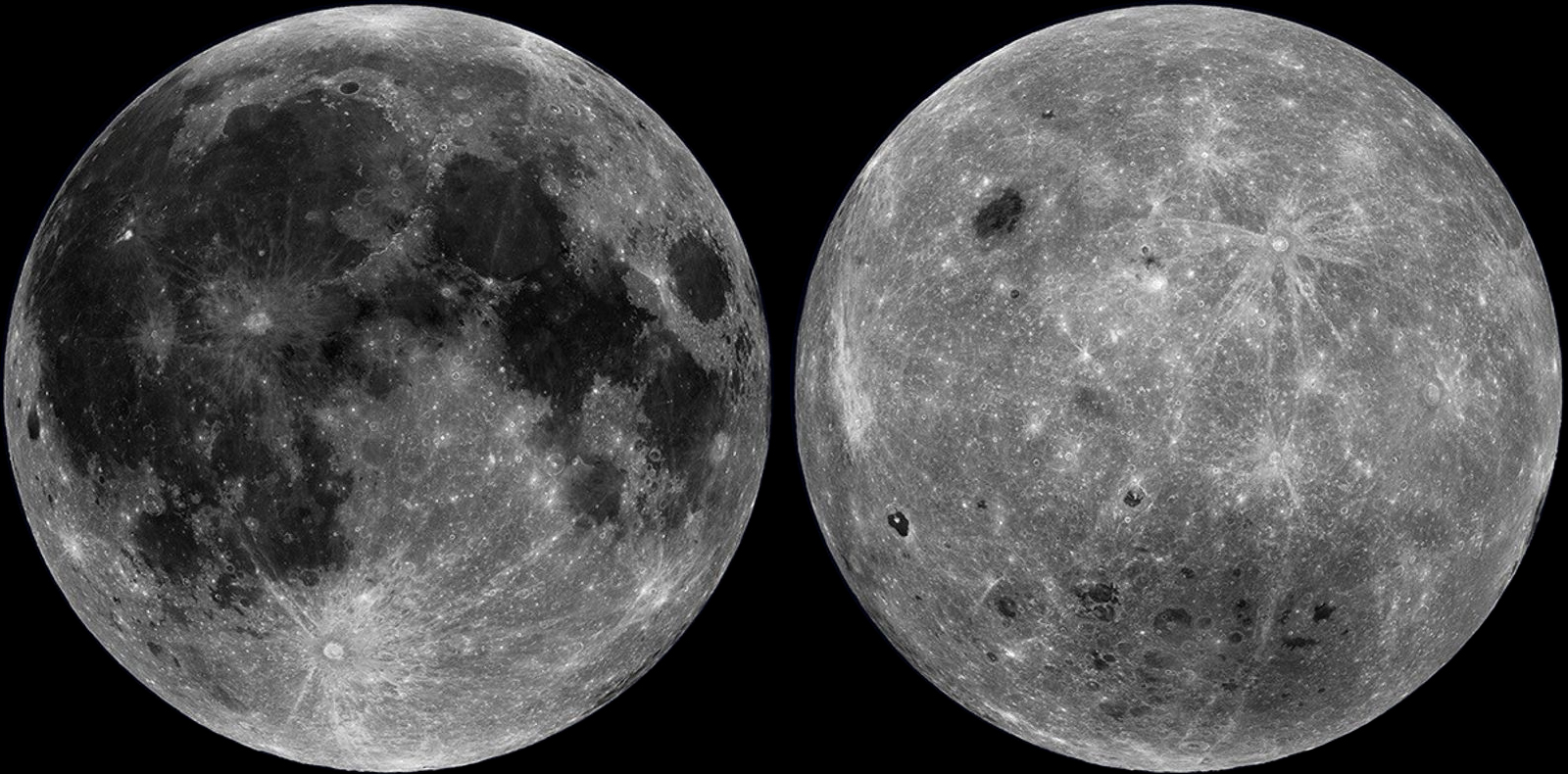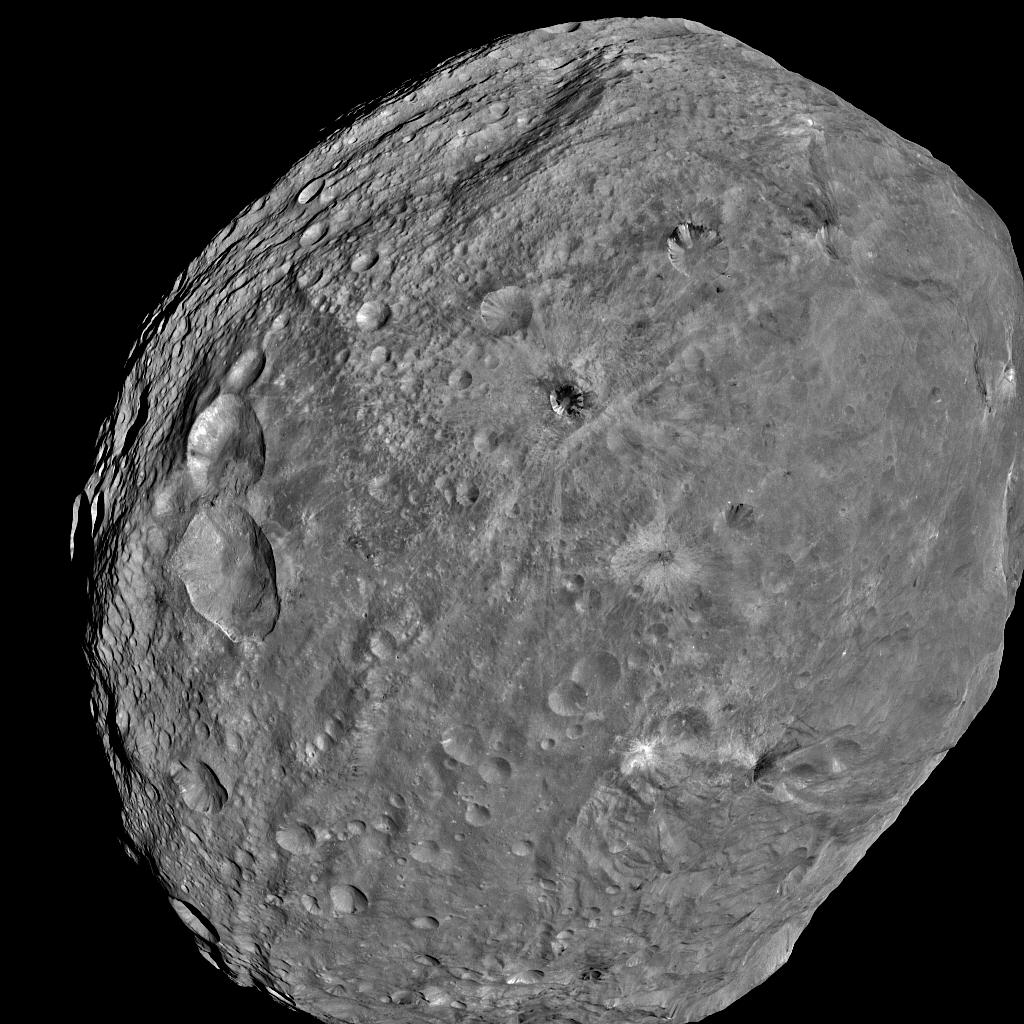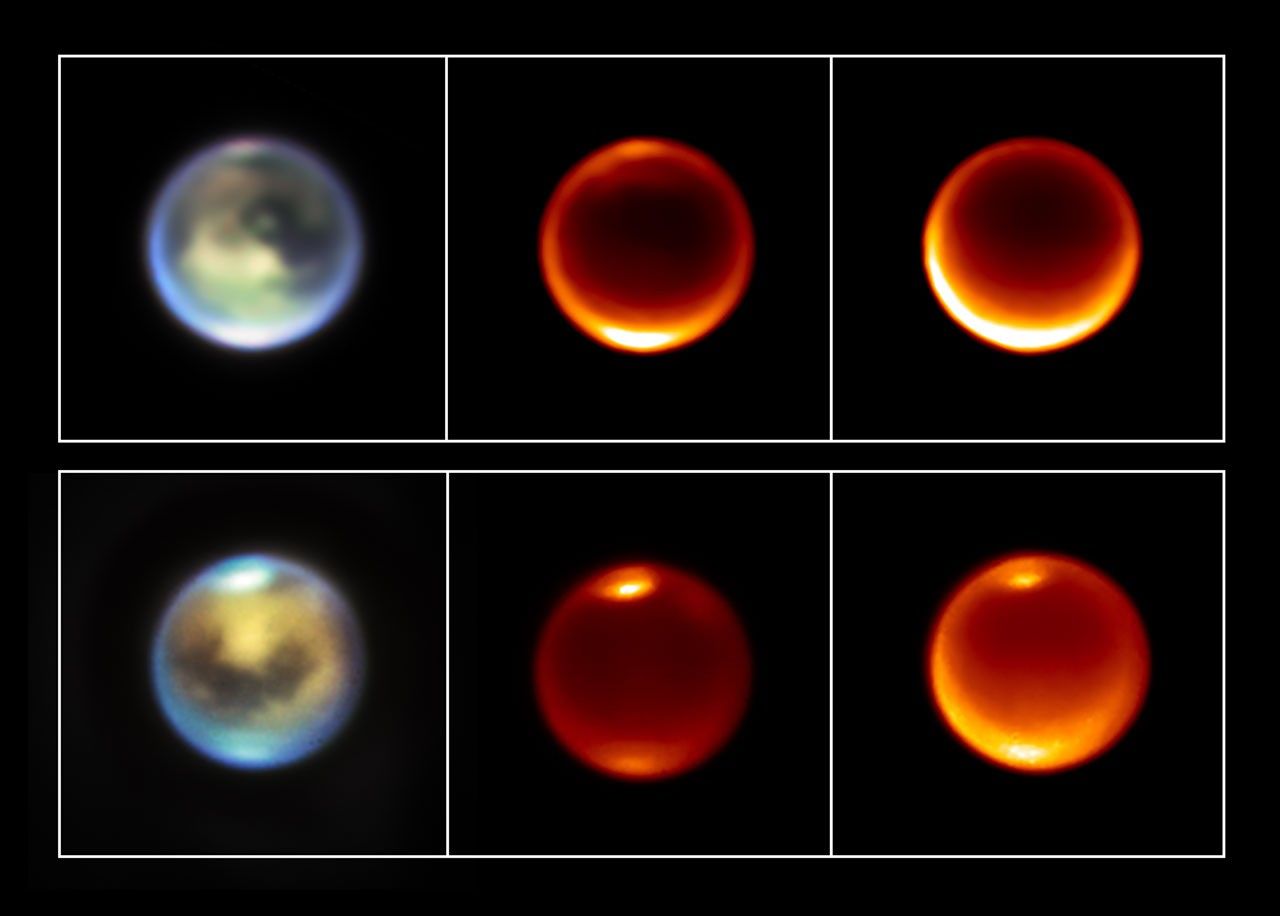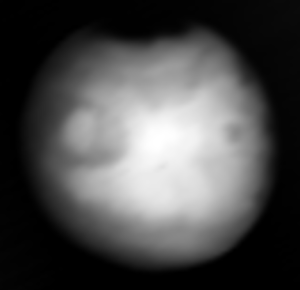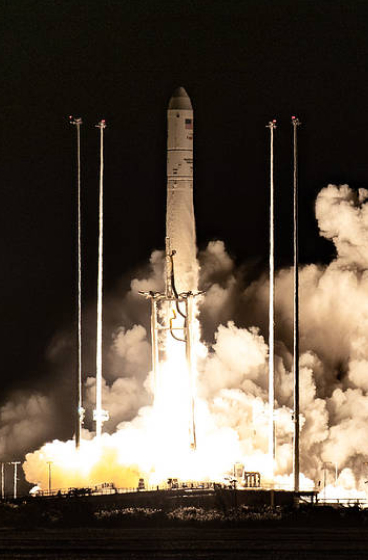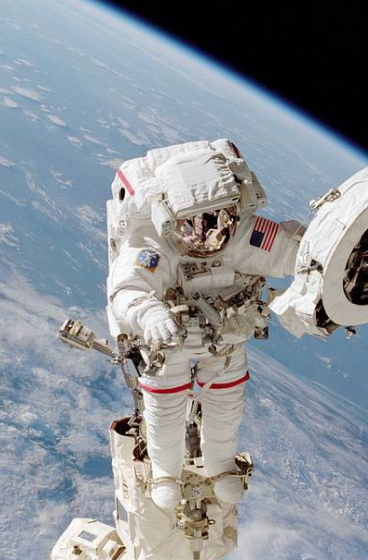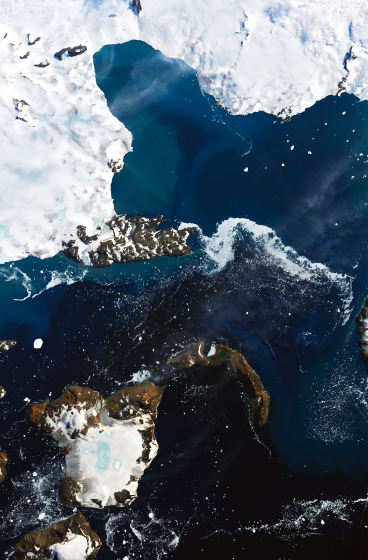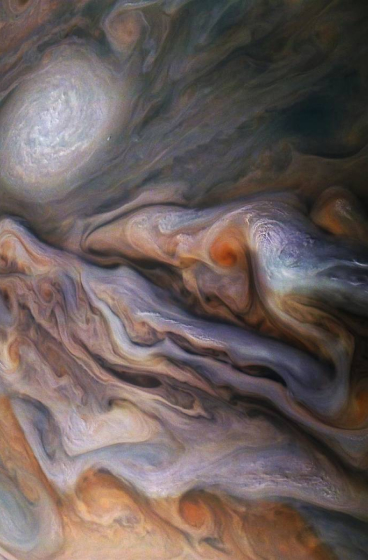6 min read
Preparations for Next Moonwalk Simulations Underway (and Underwater)
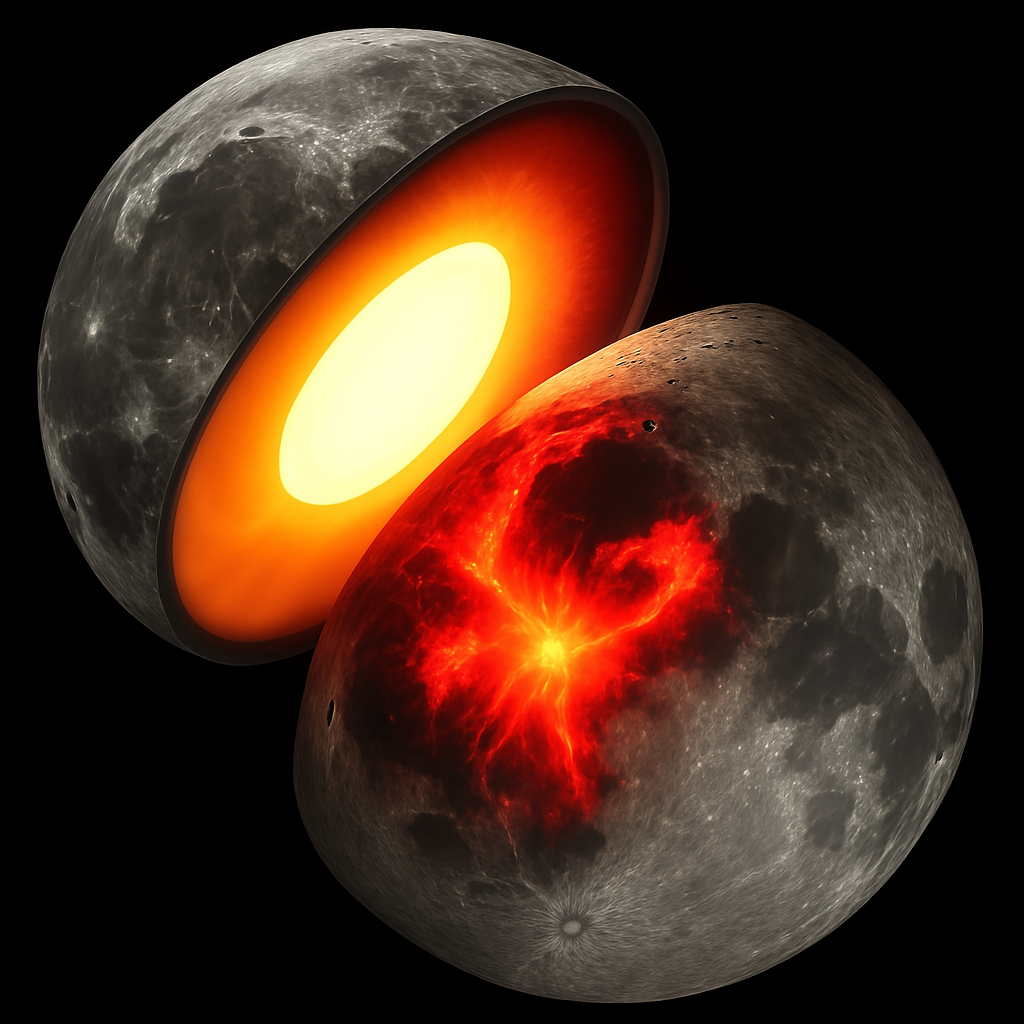
Analyzing gravity data collected by spacecraft orbiting other worlds reveals groundbreaking insights about planetary structures without having to land on the surface.
Although the Moon and the asteroid Vesta are very different, two NASA studies use the same technique to reveal new details about the interiors of both.
In the lunar study, published May 14 in the journal Nature, researchers developed a new gravity model of the Moon that includes tiny variations in the celestial body’s gravity during its elliptical orbit around Earth. These fluctuations cause the Moon to flex slightly due to Earth’s tidal force — a process called tidal deformation — which provides critical insights into the Moon’s deep internal structure.
Using their model, the researchers produced the most detailed lunar gravitational map yet, providing future missions an improved way to calculate location and time on the Moon. They accomplished this by analyzing data on the motion of NASA’s GRAIL (Gravity Recovery and Interior Laboratory) mission, whose spacecraft, Ebb and Flow, orbited the Moon from Dec. 31, 2011, to Dec. 17, 2012.
In a second study, published in the journal Nature Astronomy on April 23, the researchers focused on Vesta, an object in the main asteroid belt between Mars and Jupiter. Using NASA’s Deep Space Network radiometric data and imaging data from the agency’s Dawn spacecraft, which orbited the asteroid from July 16, 2011, to Sept. 5, 2012, they found that instead of having distinct layers as expected, Vesta’s internal structure may be mostly uniform, with a very small iron core or no core at all.
“Gravity is a unique and fundamental property of a planetary body that can be used to explore its deep interior,” said Park. “Our technique doesn’t need data from the surface; we just need to track the motion of the spacecraft very precisely to get a global view of what’s inside.”
Lunar Asymmetry
The lunar study looked at gravitational changes to the Moon’s near and far sides. While the near side is dominated by vast plains — known as mare — formed by molten rock that cooled and solidified billions of years ago, the far side is more rugged, with few plains.
Both studies were led by Ryan Park, supervisor of the Solar System Dynamics Group at NASA’s Jet Propulsion Laboratory in Southern California, and were years in the making due to their complexity. The team used NASA supercomputers to build a detailed map of how gravity varies across each body. From that, they could better understand what the Moon and Vesta are made of and how planetary bodies across the solar system formed.
Some theories suggest intense volcanism on the near side likely caused these differences. That process would have caused radioactive, heat-generating elements to accumulate deep inside the near side’s mantle, and the new study offers the strongest evidence yet that this is likely the case.
“We found that the Moon’s near side is flexing more than the far side, meaning there’s something fundamentally different about the internal structure of the Moon’s near side compared to its far side,” said Park. “When we first analyzed the data, we were so surprised by the result we didn’t believe it. So we ran the calculations many times to verify the findings. In all, this is a decade of work.”
When comparing their results with other models, Park’s team found a small but greater-than-expected difference in how much the two hemispheres deform. The most likely explanation is that the near side has a warm mantle region, indicating the presence of heat-generating radioactive elements, which is evidence for volcanic activity that shaped the Moon’s near side 2 billion to 3 billion years ago.
Vesta’s Evolution
Park’s team applied a similar approach for their study that focused on Vesta’s rotational properties to learn more about its interior.
“Our technique is sensitive to any changes in the gravitational field of a body in space, whether that gravitational field changes over time, like the tidal flexing of the Moon, or through space, like a wobbling asteroid,” said Park. “Vesta wobbles as it spins, so we could measure its moment of inertia, a characteristic that is highly sensitive to the internal structure of the asteroid.”
Changes in inertia can be seen when an ice skater spins with their arms held outward. As they pull their arms in, bringing more mass toward their center of gravity, their inertia decreases and their spin speeds up. By measuring Vesta’s inertia, scientists can gain a detailed understanding of the distribution of mass inside the asteroid: If its inertia is low, there would be a concentration of mass toward its center; if it’s high, the mass would be more evenly distributed.
Some theories suggest that over a long period, Vesta gradually formed onion-like layers and a dense core. But the new inertia measurement from Park’s team suggests instead that Vesta is far more homogeneous, with its mass distributed evenly throughout and only a small core of dense material, or no core.
Gravity slowly pulls the heaviest elements to a planet’s center over time, which is how Earth ended up with a dense core of liquid iron. While Vesta has long been considered a differentiated asteroid, a more homogenous structure would suggest that it may not have fully formed layers or may have formed from the debris of another planetary body after a massive impact.
In 2016, Park used the same data types as the Vesta study to focus on Dawn’s second target, the dwarf planet Ceres, and results suggested a partially differentiated interior.
Park and his team recently applied a similar technique to Jupiter’s volcanic moon Io, using data acquired by NASA’s Juno and Galileo spacecraft during their flybys of the Jovian satellite as well as from ground-based observations. By measuring how Io’s gravity changes as it orbits Jupiter, which exerts a powerful tidal force, they revealed that the fiery moon is unlikely to possess a global magma ocean.
“Our technique isn’t restricted just to Io, Ceres, Vesta, or the Moon,” said Park. “There are many opportunities in the future to apply our technique for studying the interiors of intriguing planetary bodies throughout the solar system.”
News Media Contacts
Ian J. O’Neill
Jet Propulsion Laboratory, Pasadena, Calif.
818-354-2649
ian.j.oneill@jpl.nasa.gov
Karen Fox / Molly Wasser
NASA Headquarters, Washington
202-358-1600
karen.c.fox@nasa.gov / molly.l.wasser@nasa.gov
